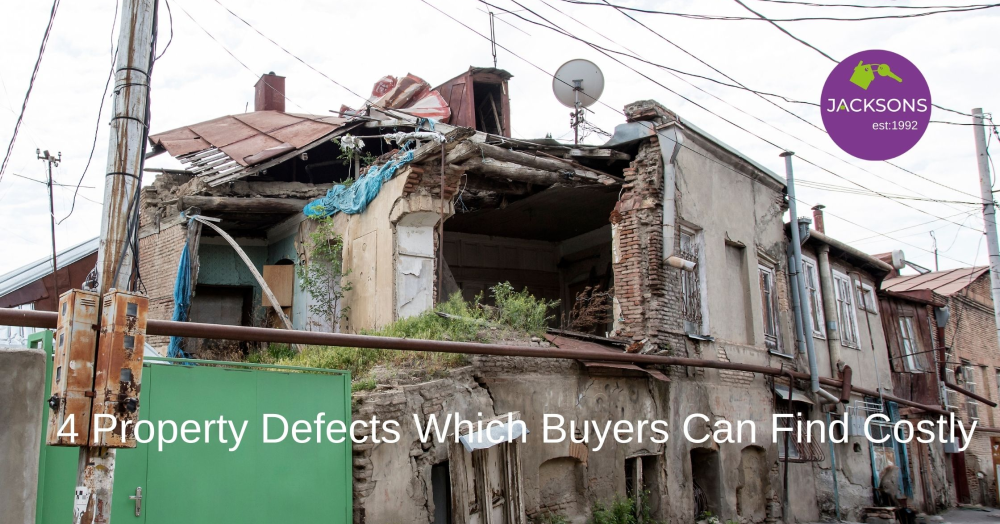

Get in touch with us
If your letting agent isn’t delivering, you don’t have to stay stuck. Switching agents is easier than many landlords realise and could protect your investment long-term. Here’s how the process works, and why September is the perfect time to act.
Buying your first home is an exciting milestone, but it can also feel overwhelming. With so much to consider—budgets, mortgages, legal paperwork, and finding the right property—it’s easy to feel lost in the process. This guide outlines the key things every first-time buyer should know before taking that first step onto the property ladder.
Renting a new home can be an exciting fresh start—but it’s important to know what you’re getting into. Whether you’re moving into your first rental or switching properties, understanding what to look for can save you stress, money, and future headaches. Here’s a detailed guide to what every tenant should check before signing on the dotted line.
Selling your home can feel like a daunting process, but with some careful preparation, you can give yourself the best possible chance of attracting the right buyer and achieving a smooth, successful sale. From creating the right first impression to dealing with those little jobs you’ve been meaning to do for years, here’s how to get your home market-ready.